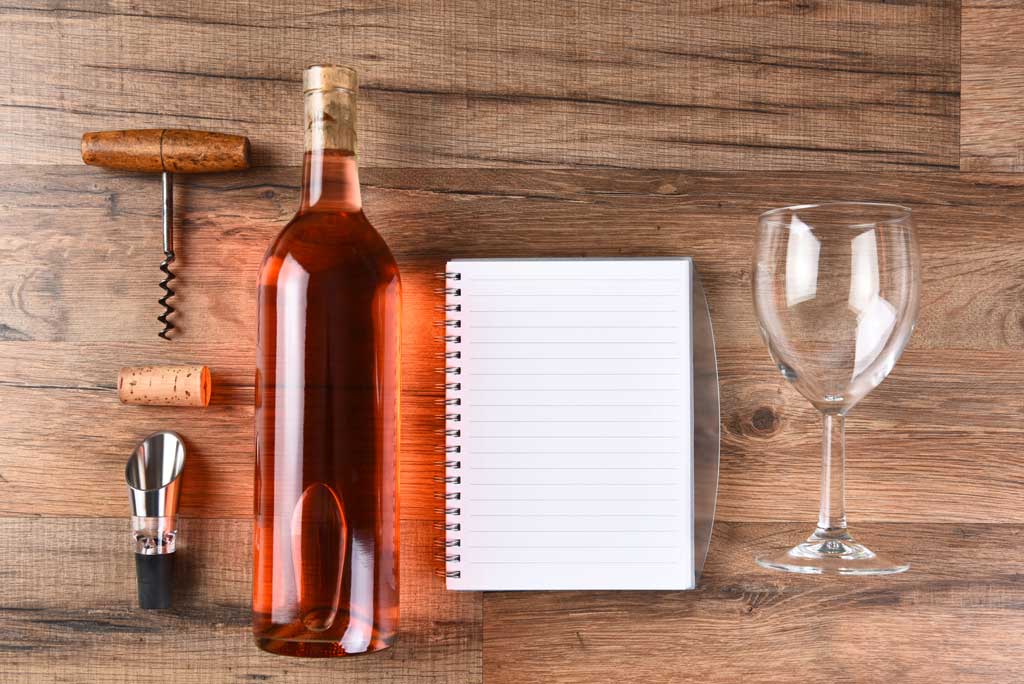
Let’s cover how to taste wine like a master sommelier. Once you have an idea of what your eyes, nose and palate should take in on a personal level, follow a few guidelines and tips about navigating a public wine tasting or event.
First, note the appearance of the wine. Look at its exact color and memorize it for later tastings. With white wines, a golden color might indicate a grape like chardonnay, a wine aged in an oak barrel, or an older white wine. As white wines age, they gain more golden color. In contrast, red wines tend to lose color with age and transform from black/purple or red in their youth to mahogany or brown in their maturity.
Next, smell the wine for its intensity or subtlety. Identify what fruits you think you smell. For a white wine, they could be apple/pear/lemon, apricot/nectarine, or tropical fruit, like melon and pineapple. Warm-climate wines, such as those from Napa Valley, often fall into the tropical area. For red wines, determine if you smell more red fruit or black fruit, or a combination. Solely red fruit can signify a cooler climate. Black fruits can signify a warm climate or some maceration.
Then, taste the wine. Detect any acid, which is tartness in your mouth, and assess the body, which is the weight of the wine in your mouth. Light wines should remind you of skim milk, while a heavy body feels more like 2 percent milk. Perceive any tannins. If your mouth has a sandpaper feel on the top of your tongue, the wine has a high amount of tannins. Wait for the wine’s finish, which is how long you taste the vintage after you swallow it. The longer the finish, the better the wine.
Tips for navigating a public wine tasting
- Find the list that has all the wines and their prices. Bring a pen to take notes.
- Find a spit cup within reach of you at each station. Taste the wine without swallowing, then spit the rest out.
- If there is a water pitcher on each table, use it to rinse your glass when you switch between white and red wines. It’s unnecessary to rinse after each wine you taste.
- Don’t congregate too long at each wine station. Taste the wine(s), visit with the representative pouring the wine for no more than 2 minutes, then move on to allow others to taste the sample(s).
- It’s perfectly fine to go back and re-taste your favorite wines. Just don’t be a wine hog.
- If you have time before the tasting, research the wineries or their areas of origin. Have some fun. Don’t feel like you have to write every little nuance down.






















